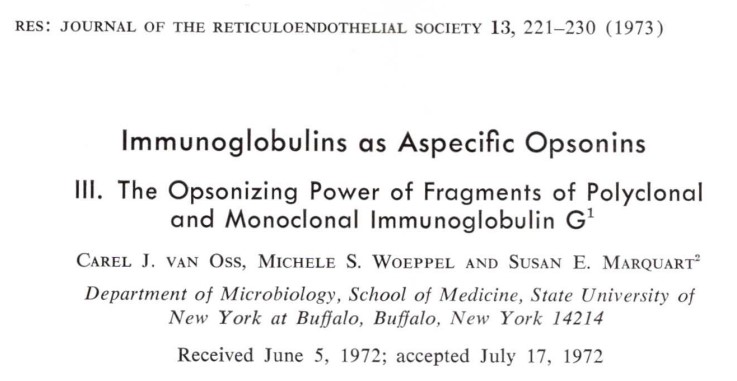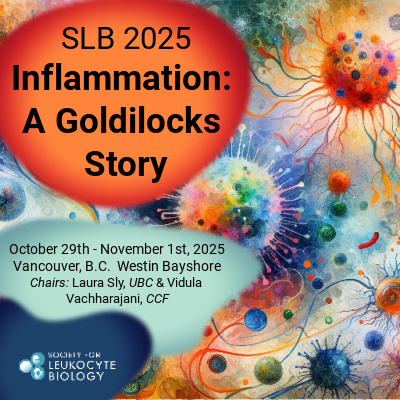| RES History: Science Flashback (August '23) |
RES HistoryJoin Communication Committee member Samson Kosemani as he looks back into the great science hidden in the RES archives. Immunoglobulins as Aspecific OpsoninsIn the 1970s, the structure of immunoglobulins had already been established but little was known about the biological activities of their components. Marquart and colleagues tried to unravel the biology of each component of IgG by determining whether the F(ab')2, Fab or the Fc fragments were responsible for its opsonizing capacity. Their experimental setup was to determine the phagocytosis of Staphylococcus epidermidis, Staphylococcus aureus, and Escherichia coli by human neutrophils in the presence of pooled human IgG and its component F(ab')2, Fab and Fc pieces as well as with specific rabbit anti-S. aureus IgG and its Fab and Fc pieces. Firstly, Marquart and colleagues observed that the opsonizing activity of the Fc piece made up of non-variable amino acid sequence accounts for the activity of the whole molecule, for both monoclonal and polyclonal IgG. Another observation from their study was that the Fab piece did not promote phagocytosis above the base level observed for uncoated bacteria. Similar results were obtained for the F(ab')2 fragment. As at the time of their study, the exact mechanism of the opsonizing activity of the Fc piece is not precisely known, but they alluded it up to the ability of this piece to react with the complement system. Taking everything into account, their study was insightful as to the structure-function of the IgG component parts. |




